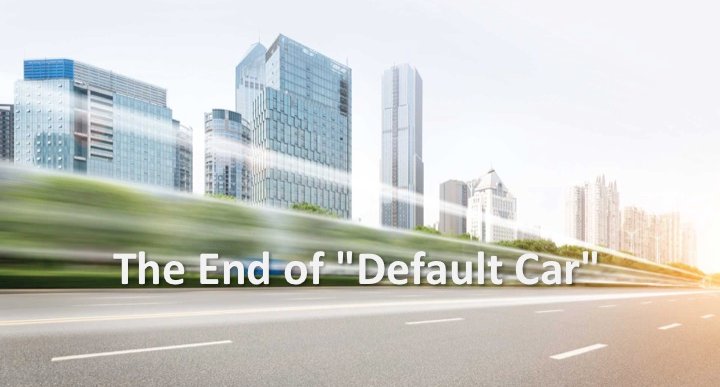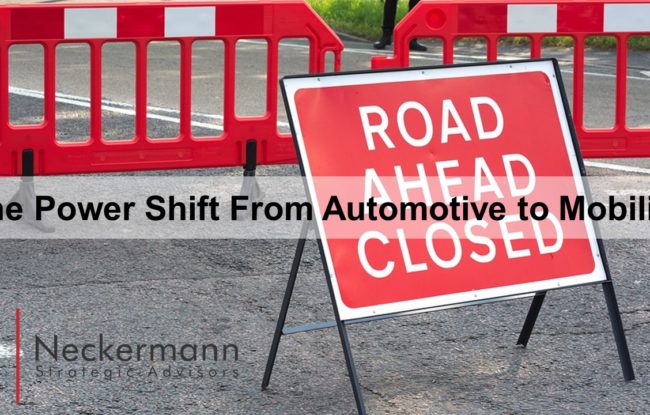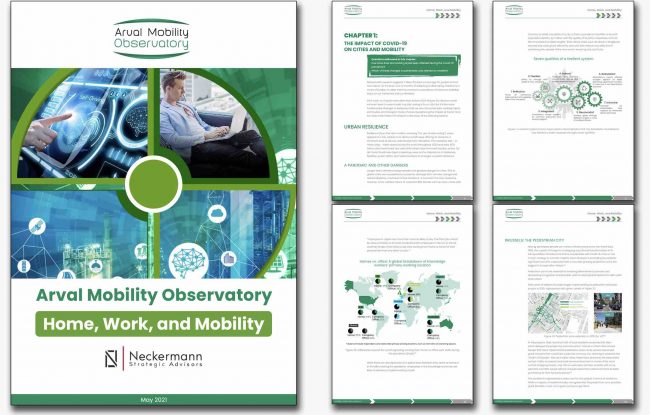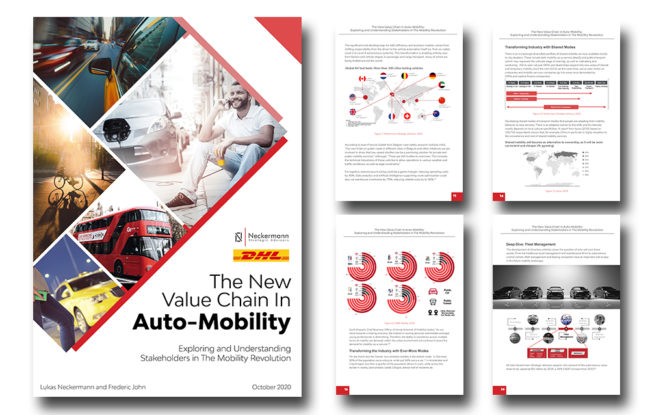By now it should be blatantly obvious: We are moving toward environmentally-friendly, productivity-enhancing, electric, autonomous and shared vehicles. “Default Car” – the notion that the personal car is the first and primary transportation method – is history. And with it – sooner rather than later – the company car.
Daimler calls is CASE (Connected, Autonomous, Shared, Electric – watch Roger Atkins and Daimler explain it from the CES); BMW calls it ACES (guess…); Ford‘s CEO Mark Fields likes to call it – like my first book – a Mobility Revolution. Esteemed colleague Catherine Kargas calls it SEAMless (Shared, Electric, Autonomous Mobility) and premier mobility disruptor Robin Chase is a proponent of FAVES (Fleets of Autonomous Vehicles that are Electric and Shared). I’ve called it the Three Zeroes.
Call it whatever you like… the picture is becoming crystal clear: we’re counting the days of internal-combustion-engined, individually-owned cars that we drive ourselves. We’re moving toward smarter mobility solutions. And we’re – mostly – looking forward to this.
Corporate fleet managers have the potential to be at the forefront of the mobility revolution – in many countries, they are responsible for a third of vehicles on the street or more, and they usually “turn” their vehicles much more regularly than private buyers. I’ve interviewed over 70 fleet managers; their key focus is usually on maximising the efficiency of the vehicle asset (measured by the total cost of ownership – TCO). In my recent book, Corporate Mobility Breakthrough 2020, we explore how – over the next few years – the shift from TCO to total cost of mobility (TCM) means that individual vehicles will become increasingly unattractive for many users – from the breakthrough year of 2020 onwards.
Especially in Europe, not just mobility-economics, but urban realities are driving this breakthrough. Between now and 2020, mayors across the world (irrespective of political affiliation) will add air quality and public road safety to their platform. Some are taking steps to ban driving completely; Paris, Madrid, Mexico City and Athens have announced plans to ban at least diesel vehicles. Access to city centres will become increasingly restricted; instead, there will be improved cycling infrastructures and public transport will become easier to use and pay for. Commercial fleet managers will need to consider urban access as a key criteria – and therefore plan alternatives to “just” issuing cars and vans.
By 2020, car clubs, ridehailing and carsharing will be fully entrenched as common sense, primary transport modes that complement walking, cycling and public transport. They will be fully integrated into the offerings of employers willing to attract millennials, who by 2020 will make up the majority of the workforce.
In short: we have fundamentally shifted from a love for driving, to a disdain for the futility of traffic, especially in urban areas. On-demand driverless vehicles will only expedite the change. The Economist puts it nicely:
“In a driverless future, people will come to wonder why they tolerated such a high rate of road deaths, and why they spent so much money on machines that mostly sat unused. A world of self-driving vehicles may sound odd, but coming generations will consider the era of car ownership to have been much stranger.”
Between now and 2020, fleet managers will have gone through one cycle of consulting their users on new mobility options. They themselves will have gone on a journey from initially managing grey fleets, perk cars and commercial vehicles, to outsourcing and leasing, ending with carsharing, mixed mode mobility and even overseeing shared autonomous fleet. The fleet manager will become a mobility manager.
This article is adapted from Lukas’s latest book, Corporate Mobility Breakthrough 2020, available as a free download at iTunes, Google Play and Barnes and Noble, courtesy of Arval’s Corporate Vehicle Observatory. The book is also available on Amazon for a modest fee.




